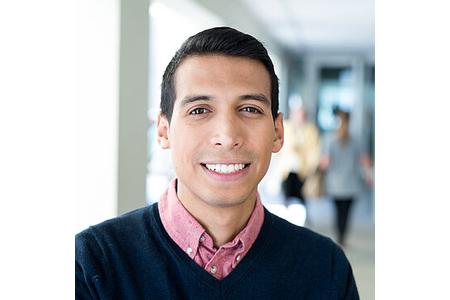Next week, from October 3rd to 5th, the Faculty of Engineering of the University of Porto (FEUP) will not just host an event, but a practical demonstration of the future of technology. The Free Software Festival 2025, with free admission, goes beyond the concept of a simple conference. It positions itself as an open and essential lesson for students, educators, and entrepreneurs on one of the most important—and often invisible—pillars of the digital world: Free Software.
In an era dominated by expensive licenses and closed ecosystems, FSL serves as a powerful reminder that a more democratic, secure, and flexible alternative exists. But what exactly is the importance of free software, and why is an event like this so crucial for the Portuguese educational and business landscape?
A Lesson in Autonomy and Innovation
At the heart of the free software movement lies a simple yet revolutionary idea: the technology we use should serve us, not the other way around. It is based on four fundamental freedoms: the freedom to use, study, share, and, crucially, modify software. This ability to “look under the hood” transforms a student from a mere consumer of technology into an active creator and problem solver.
For the education system, this represents an immense pedagogical opportunity. Schools and universities can equip their labs with cutting-edge operating systems and programming tools, such as Linux or Blender (for 3D modeling), without spending a single cent on licenses. More importantly, it allows students to explore, deconstruct, and understand the code that powers the digital world, fostering critical thinking and innovation from the ground up. The Free Software Festival embodies this idea, with hands-on workshops where participants can learn to code, protect their online privacy, or take their first steps in Artificial Intelligence, using open tools accessible to all.
The Secret Engine of the Digital Economy
For the business sector, the message is equally clear: free software is not a “second-tier” alternative but the engine that drives technological giants. The internet, as we know it, is largely built on open-source technologies. Adopting free software allows Portuguese companies, from startups to SMEs, to drastically reduce operational costs, but the benefits go far beyond savings. It means technological sovereignty: the ability to adapt software to the exact needs of the business without being dependent on a single vendor and their pricing policies. It also means enhanced security, as the code can be audited by a global community that identifies and fixes vulnerabilities transparently and quickly.
The presence at FSL of entities like ESOP (Association of Portuguese Open Source Software Companies) demonstrates that a vibrant business ecosystem is already thriving in Portugal based on this model. The event thus serves as a bridge, showing future engineers the career opportunities in this sector and entrepreneurs the competitive advantages of a strategic investment in open technology.
An Investment in the Future
In short, the Free Software Festival 2025 is much more than a gathering of enthusiasts. It is an investment in the country’s future. It is living proof that, by embracing the principles of collaboration and open knowledge, Portugal can empower its students to become the innovators of tomorrow and strengthen its companies to compete on a global scale. The class is about to begin, and admission is free.
Check the event program and join us!
https://festa2025.softwarelivre.eu
FSL 2025 is supported by the Department of Informatics of Engineering (DEI).



